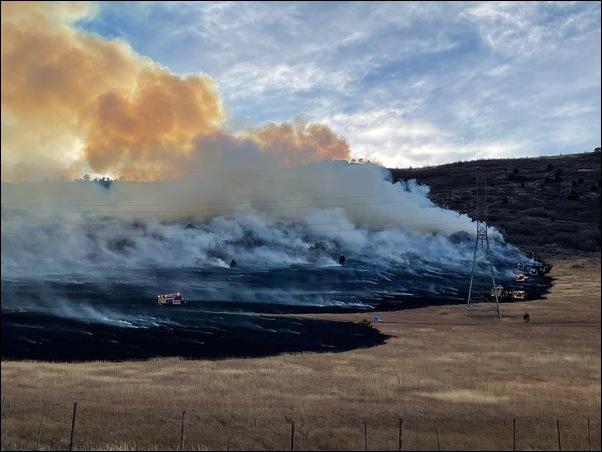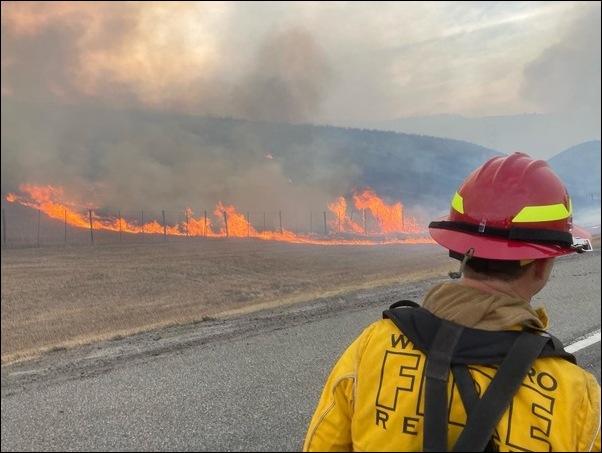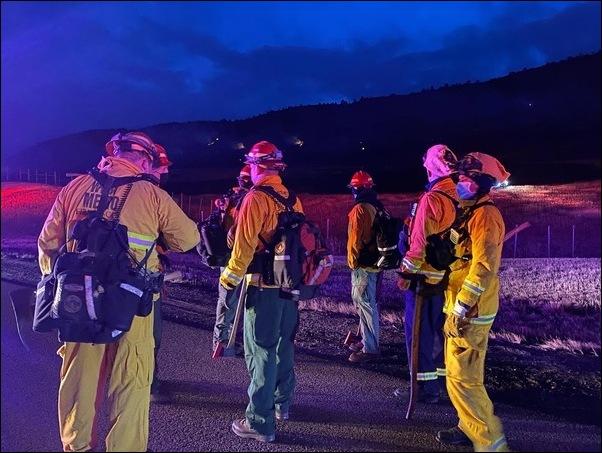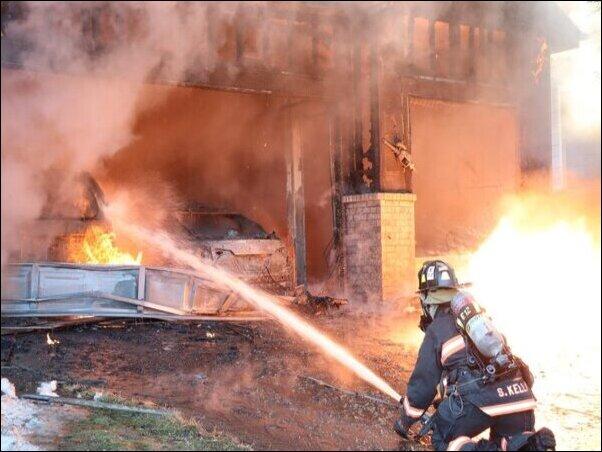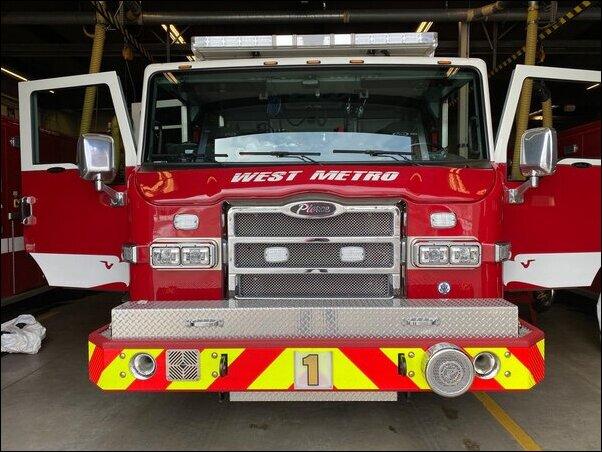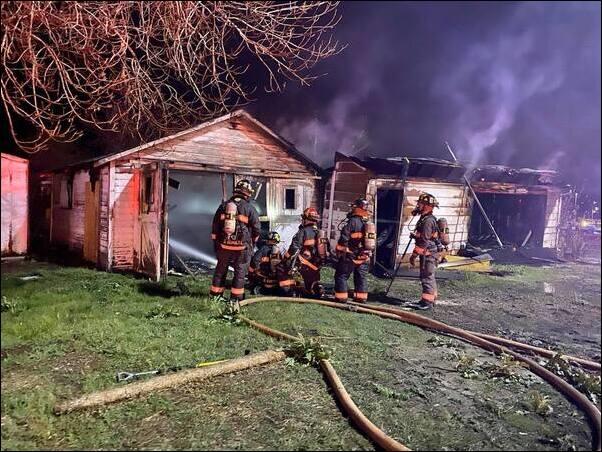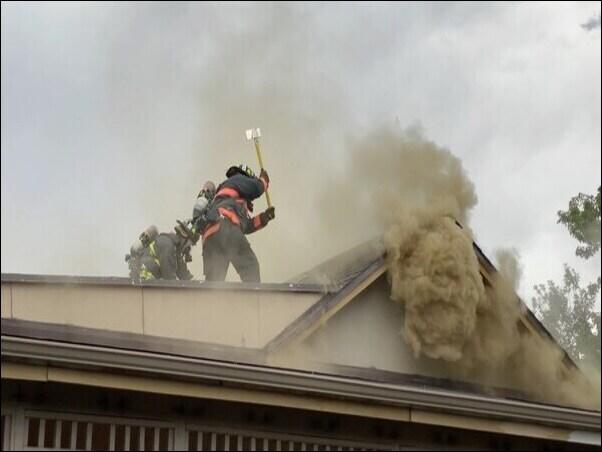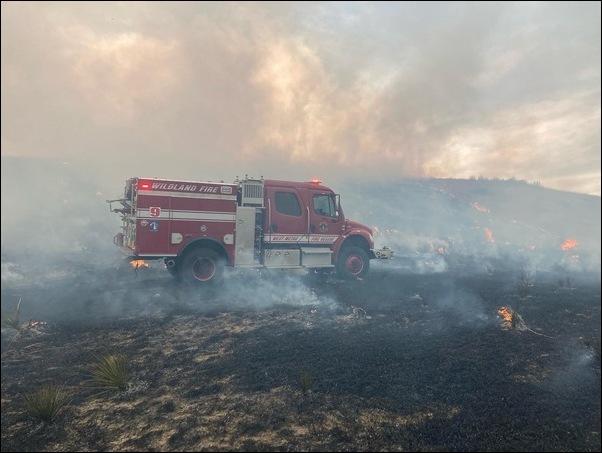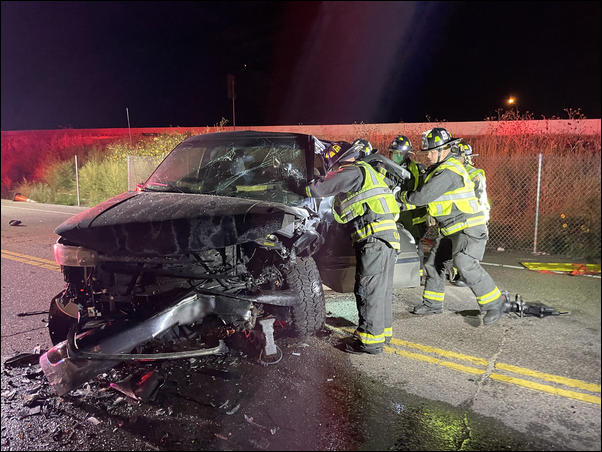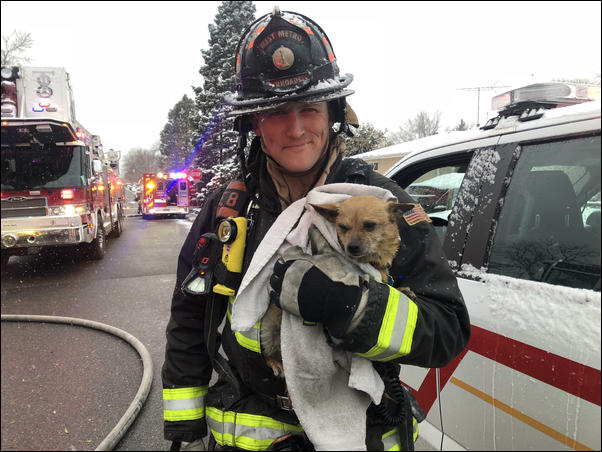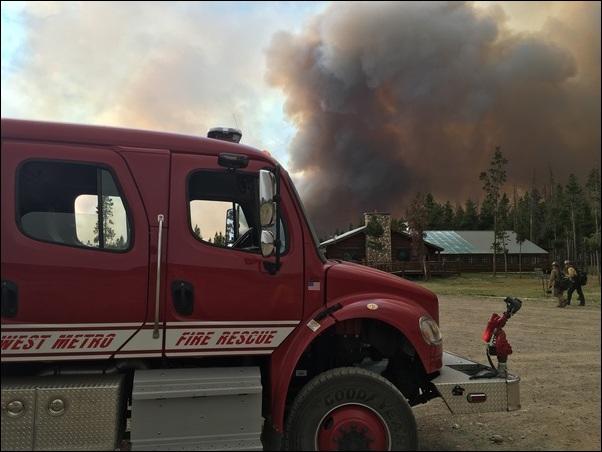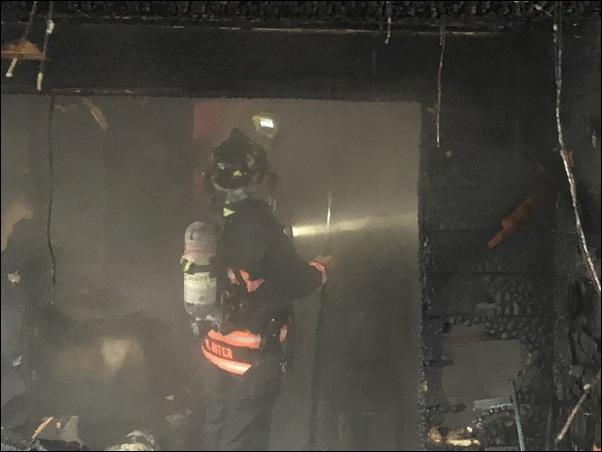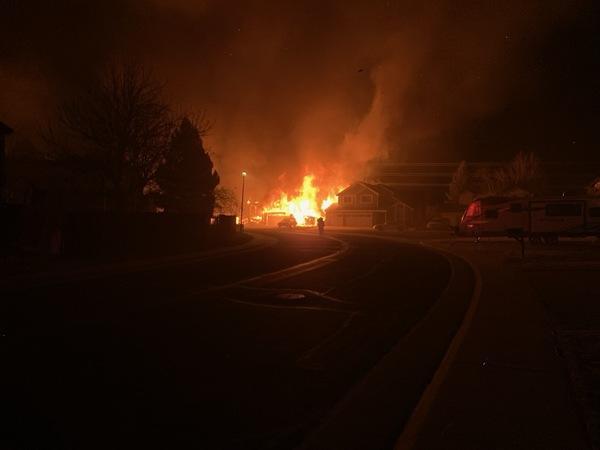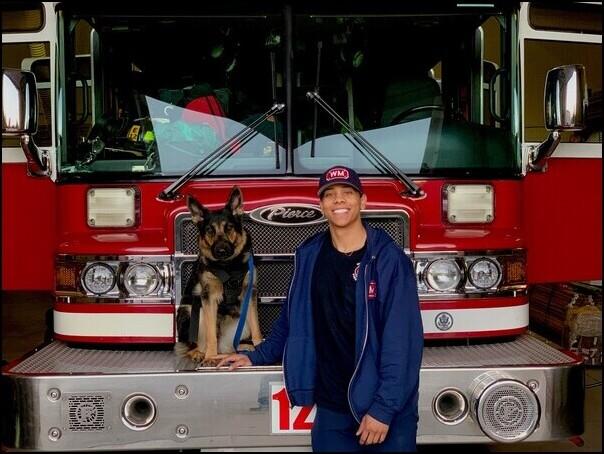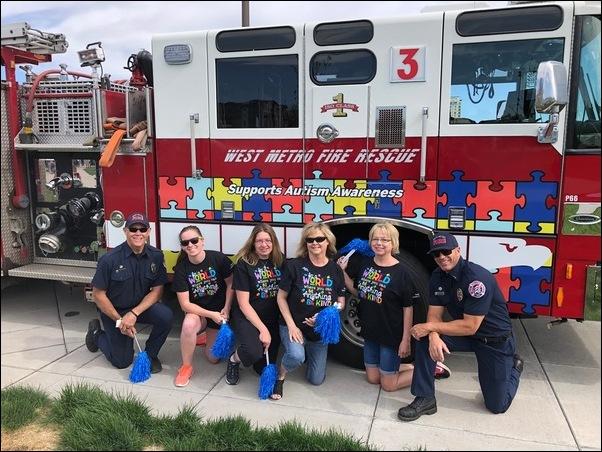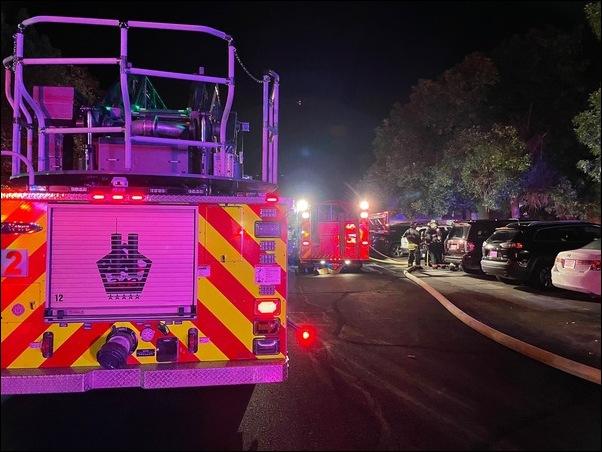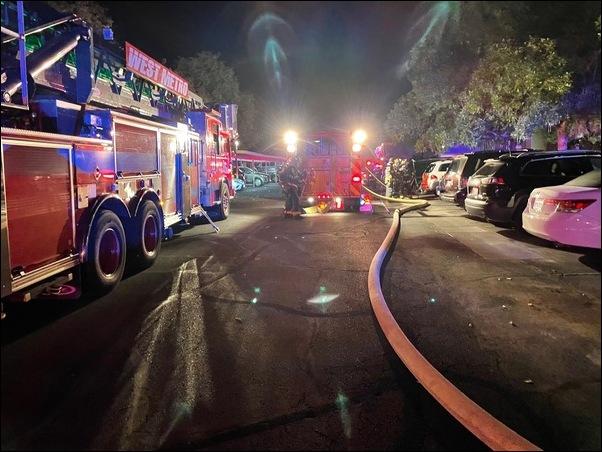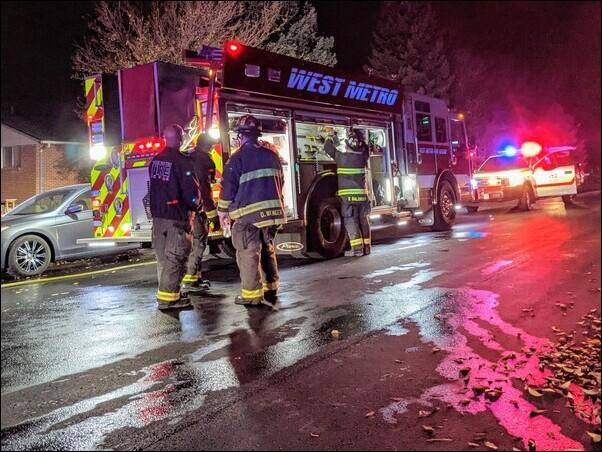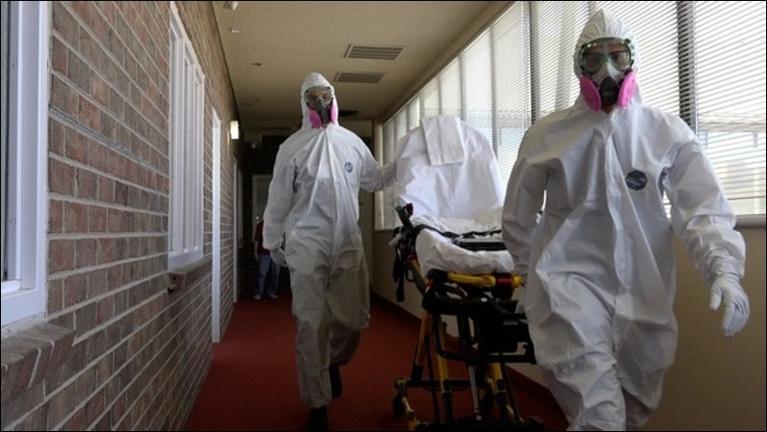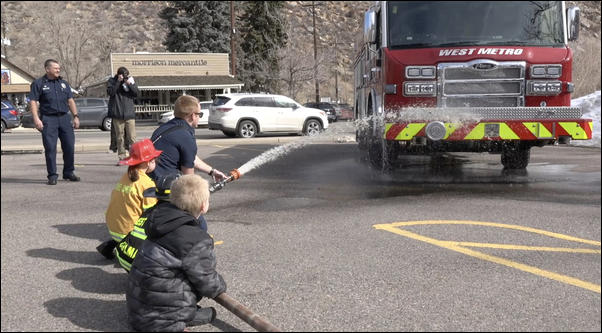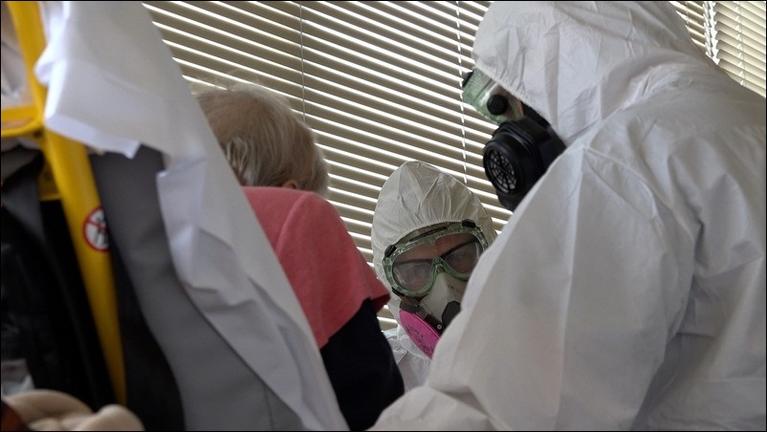• Physical search and rescue operations in damaged/collapsed structures
• Emergency medical care for entrapped victims, task force personnel, and search dogs
• Conduct damage and needs assessments and provide information to local, state, and federal officials
• Assessment and control of gas and electric service to affected structures
• Hazardous materials evaluation
• Evaluation of the structural hazards in support of rescue operations
• Stabilization of damaged structures
• CO-TF1 started in Colorado in 1991. The National US&R program started in 1989.
• CO-TF1 is one of 28 US&R Task Forces nationwide under the Department of Homeland Security (DHS), Federal Emergency Management Agency (FEMA), National Urban Search & Rescue Response System (US&R).
• CO-TF1’s primary mission is Urban Search & Rescue Operations for local, state, and national disasters.
• West Metro Fire Protection District is the Sponsoring Agency for CO-TF1.
• CO-TF1 is supported by 23 Participating Agencies:
Arvada Fire, Aurora Fire, Black Forest Fire, Castle Rock Fire, Colorado Springs Fire, Denver Fire, Fort Carson Fire, Fort Lupton Fire, Fredrick Firestone Fire, Greely Fire, Summit Fire and EMS, Longmont Fire, Loveland Fire Rescue Authority, Mountain View Fire, North Metro Fire, Platte Valley Fire, Poudre Fire Authority, Pueblo Fire, Red, White and Blue Fire, South Metro Fire, Thornton Fire, Westminster Fire, Windsor Fire
• CO-TF1 personnel are volunteers from these participating agencies as well as the civilian sector. Civilians include doctors, structural engineers, and canine search specialists.
• CO-TF1 can deploy as a Type 1, Type 3, or Type 4 task force according to FEMA NIMS typing standards. The task force deploys with highly trained personnel divided into the following groups:
Task Force Leader, Safety, Search, Rescue, Plans, HazMat/WMD, Logistics, Medical
• The Type-1 Task Force organization chart for deployments includes 80 members divided into 19 specific positions:
Command
1. Task Force Leader
2. Safety Officer
Plans Team
3. Plans Team Manager
4. Technical Information Specialist
5. Structural Specialist
Logistics Team
6. Logistics Team Manager
7. Logistics Specialist
Rescue Team
8. Rescue Team Manager
9. Rescue Squad Officer
10. Rescue Specialist
11. Heavy Rigger
Search Team
12. Search Team Manager
13. Technical Search Specialist
14. Canine Search Specialist
Communications Team
15. Communication Specialist
Medical
16. Medical Team Manager
17. Medical Specialist
Hazmat
18. Hazmat Team Manager
19. Hazmat Specialist
• CO-TF1 has over 100,000 pounds of equipment in more than 500 containers. This includes everything from high-tech search and rescue gear to logistical support equipment. It can be loaded for deployment by ground on two semi tractor-trailers and three box trucks, or loaded for transport by air using multiple airframes.
• CO-TF1 responded to the following events:
National Disasters
- Oregon Wildland Fires 2020
- Hurricane Delta, Douglas, Laura, and Sally 2020
- Hurricane Dorian 2019
- Hurricane Florence 2018
- Hurricane Harvey, Irma, Maria, and Nate 2017
- Hurricane Matthew 2016
- Louisiana Floods 2016
- South Carolina Floods 2015
- Washington Mud Slide 2014
- Colorado Floods, Oklahoma Tornadoes 2013
- Hurricane Sandy 2012
- Hurricane Irene 2011
- Hurricane Ike and Gustav 2008
- Kansas Greensburg Tornado 2007
- Hurricane Ernesto 2006
- Hurricane Katrina, Rita, and Ophelia 2005
- Hurricane Isabel, Charley, and Frances 2004
- Space Shuttle Incident 2003
- World Trade Center 9/11 2001
- Oklahoma City Bombing 1995
Local Disasters
- Colorado Floods 2013
- Lower North Fork Fire 2012
- Windsor Tornado 2008
- Pueblo Gas Explosion 2008
- Crowley County Fire 2008
- Ft. Collins Floods in 1997
• CO-TF1 is designed to respond to a disaster area without impacting the local resources. The task force can support itself for up to 72-hours of round-the-clock search and rescue operations without resupply, including food, shelter, and hygiene.
• CO-TF1 must be able to deploy (depart from home base) within four hours by ground and six hours by air. The task force must be prepared to be deployed for up to 14 days.
• The Federal Emergency Management Agency (FEMA) provides the funding for CO-TF1. Funding is divided into two components: readiness and response.
- Readiness funding is supplied in a grant, known as the Cooperative Agreement (CA). The CA covers day-to-day costs such as administrative staff salaries, facilities lease and maintenance, training, and equipment purchase and maintenance.
- Response funding is specific to a disaster, such as a hurricane. It covers the cost of the deployment, including personnel costs, travel costs, and other operational expenses.
- The CO-TF1 management staff consists of the following:
- Program Manager
- Training Manager
- Logistics (Cache) Manager
- US&R Assistant
- Grant Manager
Links About Us
- District History
- Accreditation
- Divisions
- West Metro
- Command Staff
- Lakewood / Bancroft / West Metro Retired Fire Fighters

